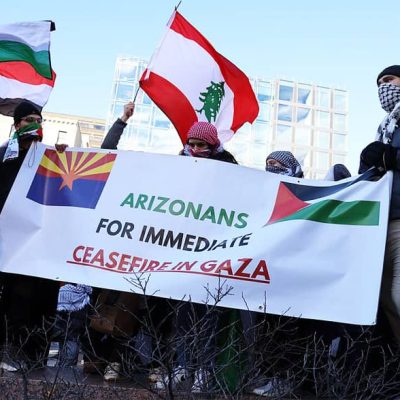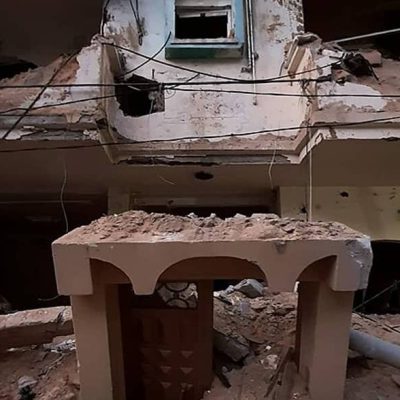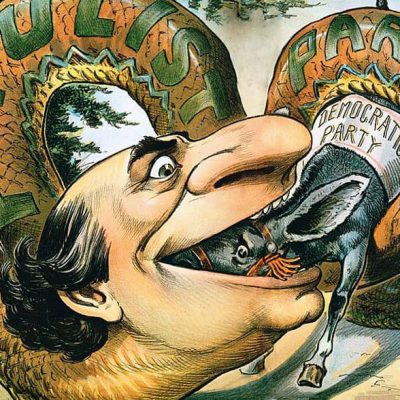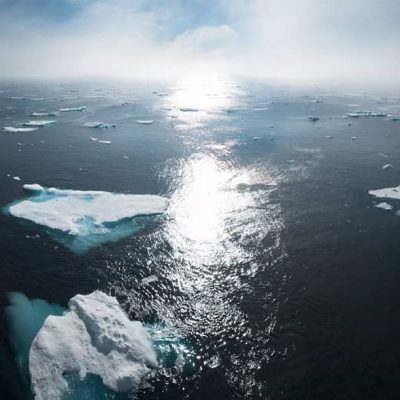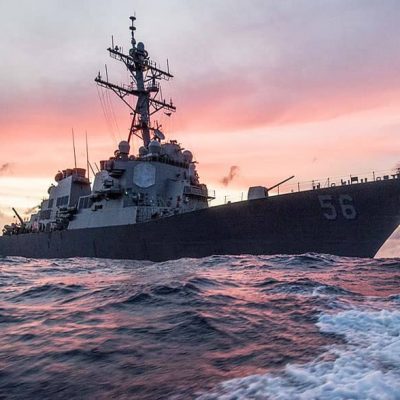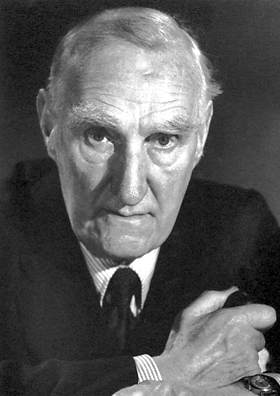 Appeals
Appeals
Korean Peace Treaty Awaits: NGO Efforts Needed.
Featured Image: Korean Peace Memorial By John Murphy, CC BY-SA 2.0 <https://creativecommons.org/licenses/by-sa/2.0>, via Wikimedia Commons.
27 July marked the anniversary of the 1953 Armistice ending the fighting in Korea. A peace treaty was to follow, but such a formal peace agreement has never been signed. Since 1953; there have been ups and downs of the degree of tensions on the Korean Peninsula. Currently, tensions are toward the high end of the scale.
On 14 March 2013; the Association of World Citizens had sent a message to the then United Nations Secretary-General Ban Ki-moon; urging a U.N.-sponsored Korean Peace Settlement Conference; now that all the States which had participated in the 1950-1953 Korean War were members of the United Nations. The 60th anniversary of the 1953 Armistice would be an appropriate occasion.
Such a Korean Peace Settlement Conference could build a framework for a broader, comprehensive approach to Northeast Asian security. The Association of World Citizens stressed the need for strong diplomatic measures by concerned States such as China, Russia, the U.S.A. and Japan. The World Citizens highlighted that in the past, there had been a series of dangerous but ultimately resolvable crisis concerning the two Korean States. However; there are always dangers of miscalculations and unnecessary escalation of threats.

Ban ki-moon, 5 February 2016. By Chatham House, CC BY 2.0 <https://creativecommons.org/licenses/by/2.0>, via Wikimedia Commons.
Test The Waters.
The 60th anniversary went by without a Peace Conference. Today, we are still at about the same point of trying to develop confidence-building measures between the two Korean States. Small steps that do not overly worry the U.S.A. and China who watch events closely are needed. It is unlikely that any progress will be made in the foreseeable future concerning demilitarization of the Korean Peninsula or unification. Small steps are probably the order of the day. The Association of World Citizens has proposed increased family contacts, cultural exchanges, and increased food aid to the Democratic People’s Republic, a lessening of economic sanctions, and an increase in trade. There is a need to halt the automatic reaction to every provocation. There is a a need to «test the waters» for a reduction of tensions and building confidence-building measures.
In striving to build trust and political negotiations between two adversaries, confidence- building measures attempt to replace conflict with cooperation. With the purpose to diffuse tensions; confidence-building measures try to initiate a process of dialogue by promoting better communications involving governments and non-governmental representatives in building bridges of trust; thus breaking walls of suspicion and mistrust.

Montage for the Korean War Main Page in Wikipedia. By Madmax32, Public domain, via Wikimedia Commons.
«Hawks» who are against confidence-building measures.
There is always need to build support for confidence-building measures as in all countries there are «hawks» who are against confidence-building measures while those favourable to confidence-building efforts fail to broaden their support base at the popular level. Thus, there is an important role to be played by the media, by non-governmental organizations and by academics.
Such efforts are particularly needed today when tensions, in part related to nuclear programs, are growing. Positive efforts need to be made.
René Wadlow, President, Association of World Citizens.

Presidente, Asociación de World Citizens (AWC).
Cursó Estudios de Relaciones Internacionales en La Universidad de Chicago.
Cursó Estudios en el Programa Especial de Civilización Europea en
La Universidad de Princeton
Here are other publications that may be of interest to you.
Prevenir la expansión del conflicto de Gaza: ¿Son posibles las brigadas de paz?
Antony Blinken, el secretario de Estado de Estados Unidos, ha estado nuevamente en Medio Oriente trabajando para evitar que la violencia de la Franja de Gaza se extienda a gran…
Ciudadanos del Mundo Piden un fin Inmediato a las hostilidades entre Israel y Hamás, y por un esfuerzo auténtico de construcción de Paz en Oriente Medio.
Imagen destacada: El impacto del bombardeo israelí sobre un edificio civil en Gaza (2021). Por Osama Eid, CC BY-SA 3.0 https://creativecommons.org/licenses/by-sa/3.0, via Wikimedia Commons. La Asociación de Ciudadanos del Mundo,…
Transformación del Populismo en Europa y las Américas: Historia y Tendencias Recientes.
Imagen de portada: Caricatura de juez de 1896 que muestra a William Jennings Bryan/Populismo como una serpiente que se traga a la mula que representa al Partido Demócrata. Por la…
Día Internacional de los Océanos.
Imagen destacada: Foto de Marek Okon, Unsplash. Es necesario avanzar en las delimitaciones marítimas asiáticas. . El 8 de junio ha sido designado por la Asamblea General de las Naciones Unidas como…
Siria: El Comienzo de una noche de dolor.
Featured Image: Photo by Ahmed akacha: https://www.pexels.com/es-es/foto/gente-demostracion-rally-protesta-7183546/ Por Rene Wadlow. El 13 de marzo de 2011 en Derra, en el sur de Siria, 15 adolescentes fueron arrestados por la policía…
Yemen: Aún se necesita Acción Positiva.
Imagen destacada: El Reino Unido acogió la reunión de Amigos de Yemen el 27 de septiembre de 2012 en Nueva York junto con los coanfitriones del Reino de Arabia Saudita…
Medidas para crear Confianza en Asia-Pacífico: Revertir la Deslizamiento hacia la Violencia.
Imagen destacada: Foto de wu yi, Unsplash Con los militares estadounidenses y chinos comprometidos cerca de Taiwan, un error de cálculo podría conducir a la violencia armada. El conflicto armado en…
Enfoque de la ONU sobre las consecuencias del Cambio Climático.
Imagen destacada: Foto por William Bossen, Unsplash El 20 de marzo de 2023, el Panel Intergubernamental sobre el Cambio Climático (IPCC) publicó un Informe de síntesis basado en sus tres informes…
Medidas efectivas para proteger nuestros océanos
Imagen destacada: Foto por Dave Hoefler, Unsplash. El 4 de marzo de 2023, en las Naciones Unidas en Nueva York, se dio un paso importante hacia la protección de los océanos…
Ruido de Sables en el Mar de China Meridional.
Imagen destacada: El USS John S. McCain realiza una patrulla de rutina en el Mar de China Meridional, el 22 de enero de 2017. El destructor de misiles guiados apoya…
